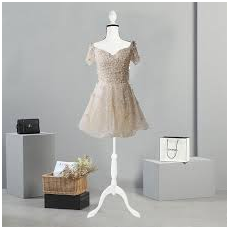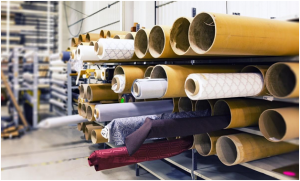Have you ever bought a pattern and made it up, only to find that it doesn’t fit? This can happen if you choose a pattern based solely on your dress size from clothes bought in shops. The problem is caused by the fact that the sizing in clothes has changed over the years and can vary from store to store. However, sewing patterns are still made to the old standards.

Know your measurements
The first thing you need to do before buying a pattern is to measure yourself, or whoever you are making the clothing for. If you’re unfamiliar with exactly where to take the measurements, then refer to this handy guide – http://www.sizecharter.com/clothing-fit-and-measurement/how-to-measure-your-body-for-clothing-sizes. Once you have accurate measurements, you can then choose the right size for your pattern.
Keep in mind that you may not be the same size all over; for example, you may need a larger size on the top or bottom. This is the beauty of making for yourself, you can get something that really fits you well.
The best tape measure to use is a cloth one. Metal and even some plastic tapes don’t bend so easily to fit with the curve of a body and you may get inaccurate measurements. Most good dressmaking suppliers will have a stock of cloth tapes to choose from.
It is also important that you take your measurements and fit your garments with as much natural light around as possible. If your windows are of an older style and you want to let in more light you may want to consult with a Double Glazing in Gloucester company such https://www.firmfix.co.uk/ to see what your options are.

Make a cheap version
If you are making a dress for yourself from an expensive fabric such as silk, then it’s worth running through the pattern once with a cheaper fabric such as muslin or cotton. To do this, you cut out and make the dress in exactly the same way. You get a wearable trial run and you can iron out any problems with the finished design before you use your expensive fabric.
Buy quality fabric
It’s important to know whether your dressmaking fabric is preshrunk or if you need to wash it yourself before you make your pattern. A reputable supplier will be able to help you with this.
Use the right tools
While some fabrics are very forgiving, others such as silk or satin are a little harder to master. Make sure that you choose the right thread and the right needle for your machine to help sewing go as smoothly as possible and avoid sewing a wonky seam.





